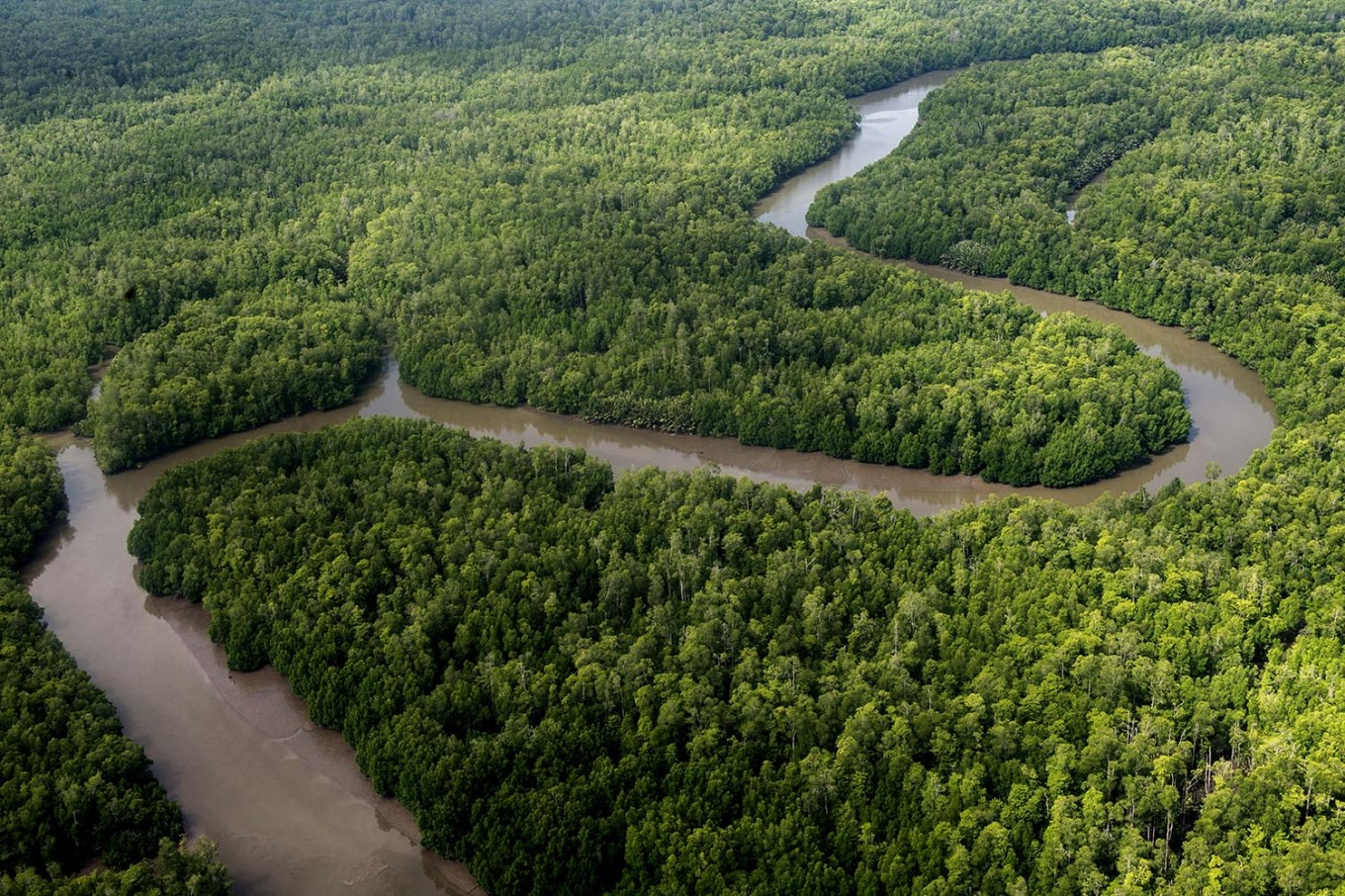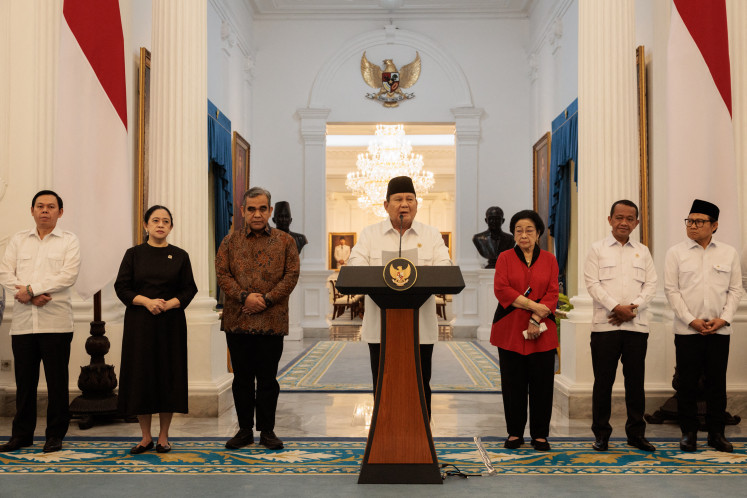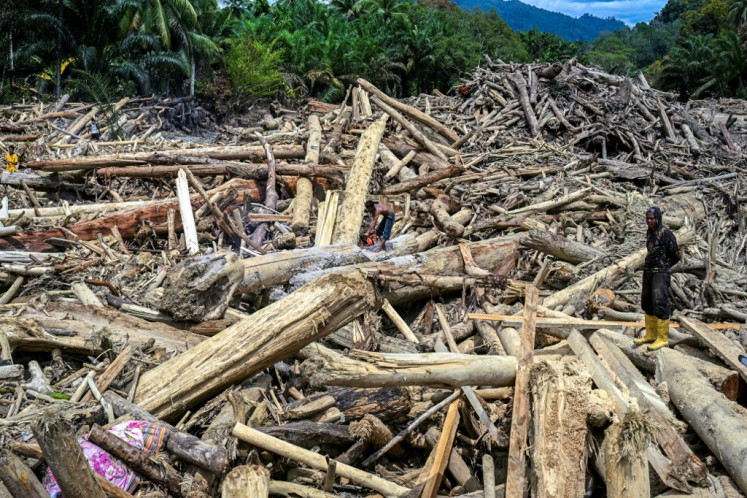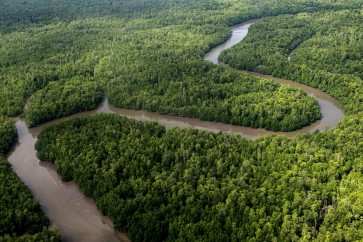Popular Reads
Top Results
Can't find what you're looking for?
View all search resultsPopular Reads
Top Results
Can't find what you're looking for?
View all search resultsNew approaches to save remaining forest
The HCV approach aims to protect ecosystems outside protected areas in the landscape before converting the areas into production uses, based on precautionary approach principles
Change text size
Gift Premium Articles
to Anyone
I
n recent years, many initiatives have been offered by NGOs to save forest ecosystems, especially tropical rain forests around the world with their rich biodiversity.
Forests are not only seen from their tangible natural resources but also their value for storing carbon and its ability to absorb carbon dioxide (CO2) from the atmosphere. Various businesses in the forestry and nonforestry sectors have been applying sustainable management principles, and one of the principles requires them to allocate some of their land for conservation purposes.
This is, of course, a show of global concern over the rapid loss of biodiversity that should be halted for our future generation. In Indonesia, both the forestry and nonforestry sectors have been implementing various certification schemes to meet the global concerns over products that come from areas that are managed in a sustainable manner.
In the late 1990s, the concept of high conservation value (HCV) forests was initiated as one of the principles of sustainable forest management standards under the Forest Stewardship Council (FSC) certification scheme. Later, this concept is adopted not only for the forestry sector but also nonforestry businesses and thus called HCV areas.
The HCV status was designed to maintain or enhance the environmental and social values in production landscapes. It is based on six values, which are species diversity (HCV 1), landscape-level ecosystems (HCV 2), rare ecosystems/habitats (HCV 3), critical ecosystem services (HCV 4), community livelihood needs (HCV 5) and cultural values (HCV 6).
Generally, HCVs 1 to 3 are significant in a global context, whilst HCVs 4 to 6 are more locally relevant. HCVs are values that are of outstanding significance or critical importance at the national, regional or global levels. They are designed to protect areas that are essential for maintaining the environmental and social values of importance.
After almost two decades, this concern over loss of forest and biodiversity was framed through a nondeforestation commitment declared by several big corporations. This idea was immediately captured by NGOs and other institutions that have joined hands in the development of a high carbon stock (HCS) approach through a multistakeholder group called the High Carbon Stock Approach (HCSA) Steering Group.


















